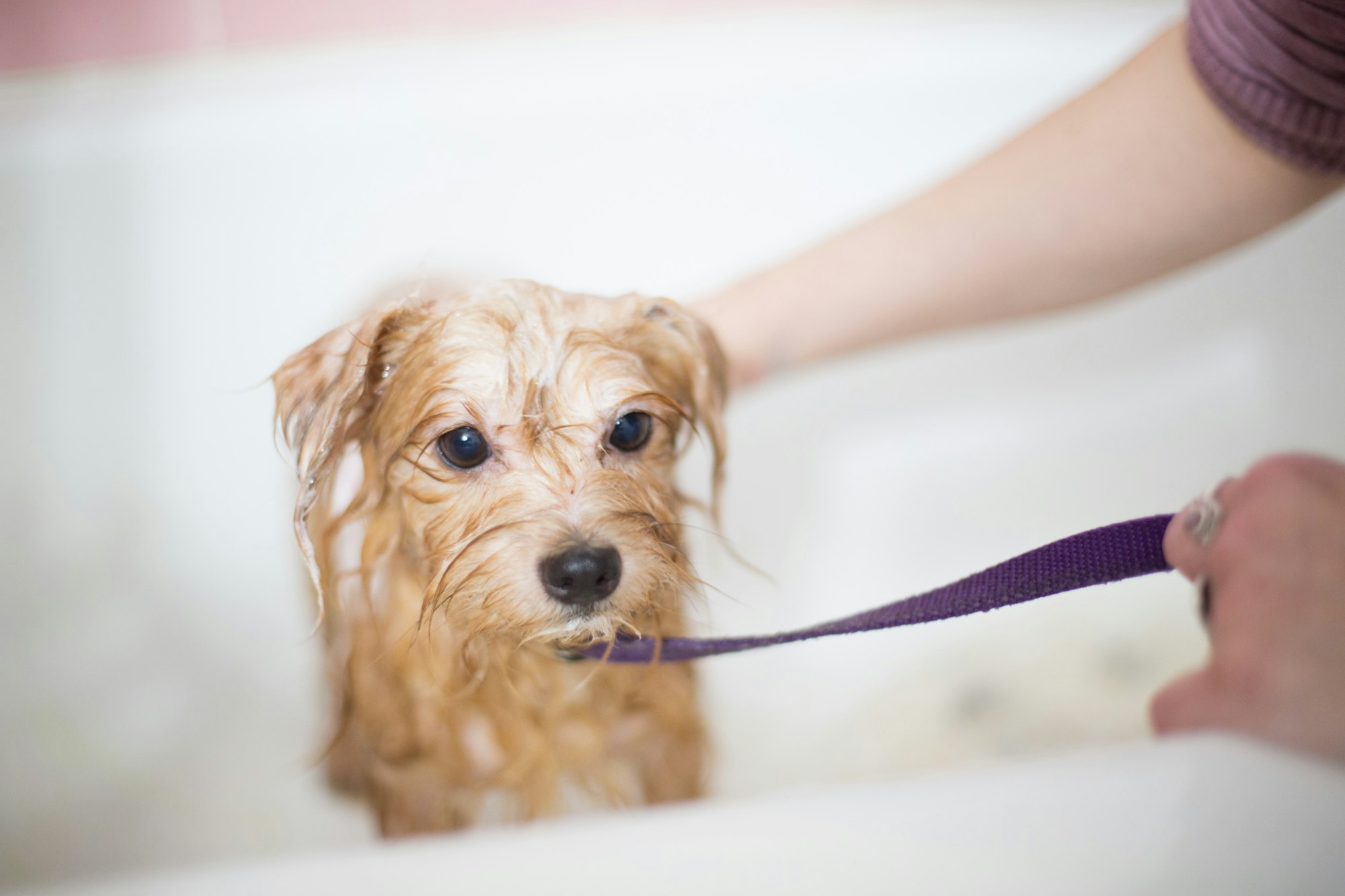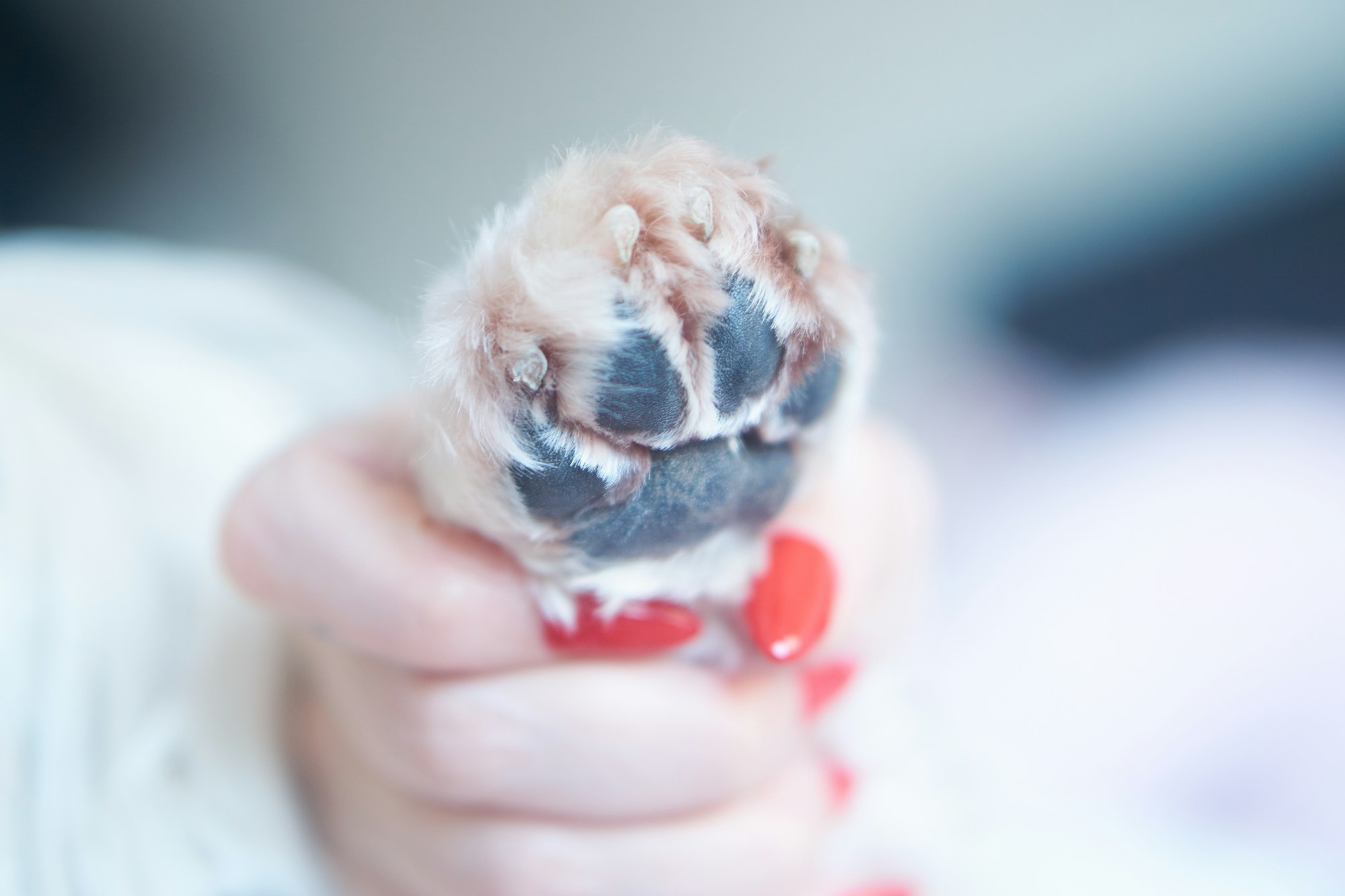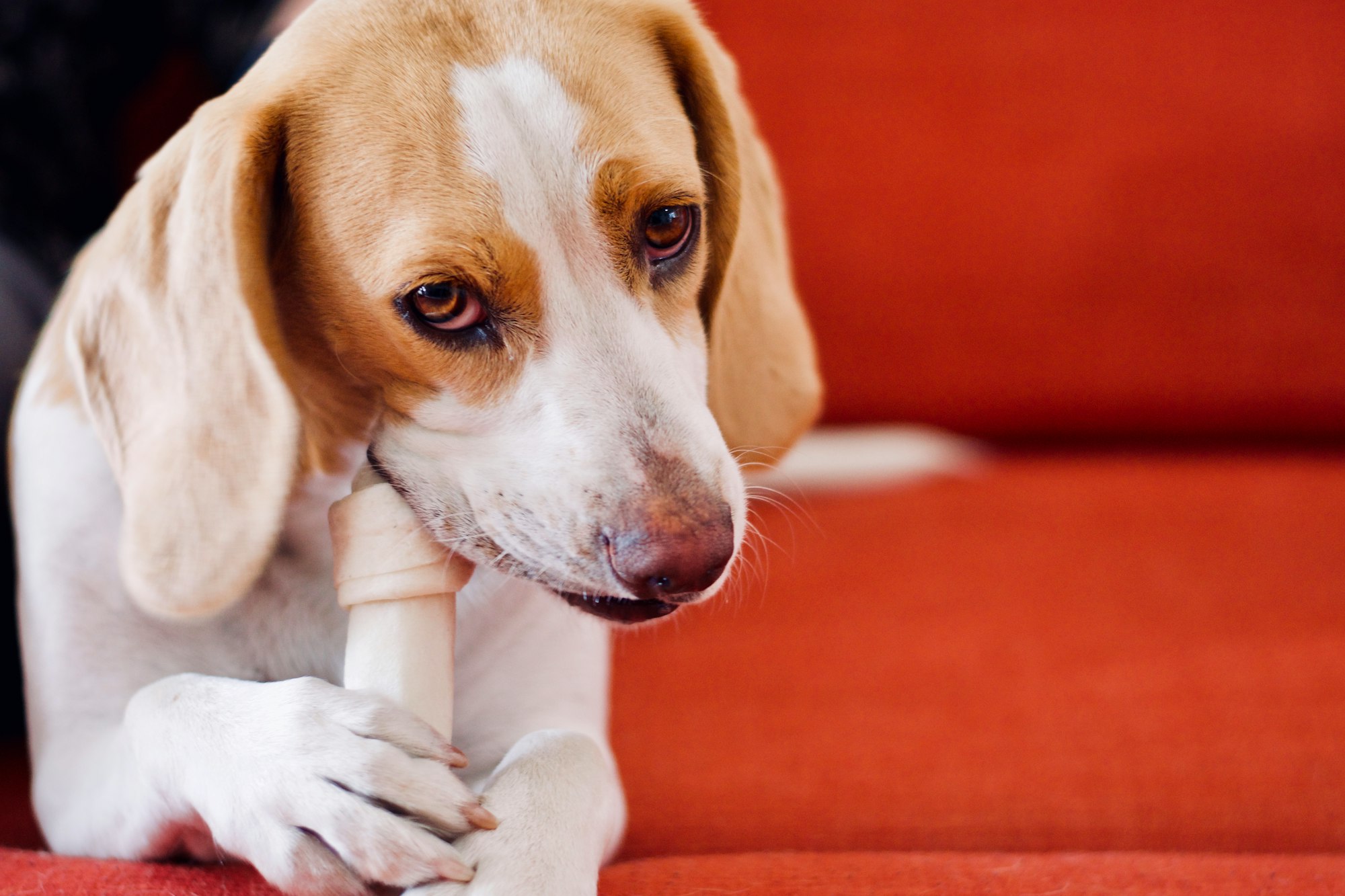Are you the proud parent of a pup? Then you likely know that not only do their fuzzies get everywhere, but it can also be a pain to clean up. But the cost of grooming is quite high, so it's understandable why you might want to learn the basics of grooming your pooch at home! It can be a fun experience for both you and your pup if done right. So, join us as we teach you how to groom your pup at the comfort and convenience of your home.
Even if you're a beginner to dog grooming, don't worry! We'll give you all the tips and tricks you'll need for a successful at-home grooming session – so let's get started!

Brushing at Home
Brushing your pup's fur may seem intimidating, but it's an important step to maintain healthy fur.
First, make sure you have a good brush – usually a soft-to-medium bristle brush will help detangle knots and remove dead fur, while making sure not to irritate your pup's skin. Start by gently brushing in small sections, and always remember to move in the direction of the fur.
Once you've finished brushing, use a metal flea comb to pick out any stubborn knots. When finished, give your pup a treat and reward them for sitting still – pets love positive reinforcement! Then, go back over your puppy's fur with your hands to make sure all the knots are removed and their fur is nice and smooth.
Remember that regular brushing not only helps keep your pup's fur in top shape, but it also helps create a strong bond between you and your dog. So, enjoy the time you spend together grooming – you're sure to see your pup's fluffy and healthy fur soon. Happy brushing!

Bathing Your Dog at Home
Bathing your pup can be a source of tension for both you and your pup. But with a few simple steps, it can be much easier and much more enjoyable.
When it comes to bathing, first let's start out with some warnings. There are shampoos on the market that are safe for dogs, but never use human shampoo. It can burn or irritate their skin if it's not formulated for their specific needs.
Now that that's out of the way, let's get to the actual bathing. Start by brushing your pup's fur to remove any tangles and matted fur. Next, fill the tub with lukewarm water and begin to wet your pup, starting from their head and working down. Gently massage a dog specific shampoo into your pup's fur, making sure to avoid their eyes and ears. Once completely covered, let the shampoo sit for a few minutes before rinsing it off with warm water.
When rinsing, make sure the shampoo is removed – failure to do so can cause skin irritation. Once all of the shampoo is washed away, use a towel to dry them off and provide a treat for a job well done.
If you have extra time, let your pup soak in the tub and carefully brush their wet fur. This will help detangle and remove any excess fur that wasn't removed with the brush before you started the bath.
Don't forget to reward your pup with a treat following their bath – they deserve it!
Dog’s Nail Trimming at Home
Nail trimming is an important part of caring for your pup, and should be done every few weeks. But be aware that you have to be careful when trimming your dog’s nails to avoid causing your pup unnecessary discomfort or even injuring them. Here are some tips for how to trim your pup’s nails at home:
First, make sure your pup is relaxed. Give him or her lots of positive reinforcement and treats during the process. This will help them remain still and be more comfortable.
Next, get the supplies you will need, including nail trimmers, a nail file, and nail clippers. Specially made nail clippers for dogs are available, and are a good idea as they are designed to be the correct size for a dog's nails. There is a powder called Kwik-Stop Styptic Powder, which helps with bleeding if a puppy's quick is accidentally clipped. So if it is your first time, it may be a good idea to keep this on hand.
Be sure to only trim the tips of the nails. You should avoid going too far up the nail. If the nail is trimmed too far back and can be very painful and uncomfortable for the dog. Dogs, like cats, have a vein that runs through their nail and if this vein is cut it can be very painful.
Look for the "quick" – it is the pink area in the center of the nail. Make sure to stop trimming before you reach this area. If you go in too far, you can cause the quick to bleed. When this happens, you can use the Kwik-Stop Styptic Powder to help stop the bleeding.
Once you have finished trimming each nail, use a nail file to smooth out the edges and prepare a nice neat finish. When trimming always be sure to check the nails for any small splinters or sharp points which can be caused by walking on pavement or any rough ground.
Keep in mind that for dogs with dark nails, it may be difficult to see the quick, so take your time and cut slowly to avoid any unnecessary pain. With practice and patience, you should be able to trim your pup’s nails safely and efficiently!
If you do not want to trim your dog's nails, you can try training your dog to use a scratch board to help file down their nails. You can learn how to train your dog and how to make a scratch board - here.

Ear Cleaning at Home For Dogs
Ear cleaning doesn't have to be left to the professionals. Here are some tips for cleaning your dog's ears at home:
Start by making sure your supplies are ready. You will need a mild pet-safe ear cleaning solution, cotton swabs, cotton balls, and a towel.
Gently massage your dog’s ears with your fingertips to check for any lumps, painful areas, or discharge. If any of these are present, it’s best to take your dog to the vet for further evaluation and treatment.
Using a damp cotton swab or cotton ball and the cleaning solution, soak the outside of the ear and wipe away any dirt or debris. Don’t insert the swab or cotton ball into the ear canal as this can cause damage.
Once the outer parts of the ear are clean, fill the ear with the cleaning solution, again making sure to not insert the swab or cotton. Massage the base of the ear for a few seconds, then let your dog shake it all out.
Using a clean cotton swab or ball, remove all of the excess solution and debris from the ear. Do not go too deep into the ear; just remove the solution and debris from the outer ear.
Once the outer hearing parts are clean and dry, check the inside of the ear flap for wax buildup. If any is found, use a very small amount of the pet-safe cleaning solution to dissolve it. Once it has been removed, dry the area with a clean towel.
Following these steps will help to keep your dog's ears clean and healthy. Be sure to check your pup's ears frequently for any abnormalities. If your pet's ears seem particularly itchy or have any other signs of infection, seek veterinary advice.
Eye Cleaning at Home For Dogs
Like a dog's ear, their eyes need regular cleaning as well. Here are some tips on how to properly clean a dog's eyes at home:
Use a sterile saline solution specifically designed for cleaning animal eyes. This can be found in pet stores or online.
Apply a small amount of the solution to a piece of gauze or medical-grade cotton swab and gently wipe away any debris or dirt from around the eye. Be sure to only wipe from the corner of the eye outward.
By keeping your pup's eyes clean and comfortable, you can minimize their risk of developing any eye infections, which can be painful and lead to permanent vision damage if left untreated.
Tooth Brushing at Home For Dogs
Your dog's teeth are just as important to their overall health as yours are. Just like humans, dogs need regular brushing to keep their teeth clean and healthy. Here are some tips for brushing your dog's teeth at home:
- Start by selecting a dog-friendly toothbrush and toothpaste. You can use the same toothbrush but make sure to get toothpaste specifically made for dogs.
- Place a dollop of toothpaste onto the brush, and introduce the idea of tooth brushing to your dog by gently massaging the teeth and gums.
- Gently brush your dog's teeth and gums with a circular motion for about 30 seconds.
- Focus on the outside and inside of the teeth, as well as the area around the gumline. Be gentle and use short strokes so your dog isn’t overwhelmed.
- Finish up by giving your pup a treat, and try to brush their teeth two to three times a week for optimal health.
Brushing your dog’s teeth doesn’t have to be a dreaded chore. With regular brushing, you can help keep your dog's teeth and gums healthy for life.

What to Do and What Not To Do
DO:
- Consult a veterinary doctor to make sure your dog is healthy, clean and free from parasites prior to grooming.
- Brush your dog often with a brush and comb specifically designed for the type of fur your dog has.
- Gently massage your pet’s skin while brushing out knots and mats.
- Wash your dog using a specialized dog shampoo respective of your pet’s skin sensitivity. Rinse the fur completely with warm water.
DON’T:
- Don’t use human shampoo or cleaning products on your pet.
- Never cut or shave your pet’s coat without consulting a groomer or vet.
- Don’t use scissors without the proper training and supervision.
- Avoid leaving behind excess water or soap to avoid skin irritation.
Tips for Grooming a Nervous Dog
Make the grooming experience enjoyable: The more positive associations your dog has with grooming, the less stressed they will feel when it comes time for the actual session. Strengthen the bond between you and your pet through rewards, treats, and affection.
Start Slowly: Whether it’s a nail trim or a full groom, start the process slowly. Introduce the clippers, brush or scissors by letting the dog sniff and investigate the items. Talk gently to the dog and give them lots of treats and love during this process.
Distraction: Use treats and toys to distract and occupy your dog during grooming sessions.
De-Stress: Incorporate calming techniques and soothing music to help ease your dog’s anxiety.
Create a Routine: To help your dog become more comfortable with the grooming process, create a regular grooming routine. Stick to the same schedule and location to create a sense of safety and consistency.
Provide Plenty of Breaks: Let your pet take regular breaks during grooming. This gives them a chance to move away from the situation and regroup.
Preventative Maintenance: Brush and inspect your pet's coat regularly to detect mats, tangles or open wounds. The harder the knots or mats get, the more painful it is for the dog when you go to remove them.

Conclusion
Grooming your dog at home doesn't have to be a chore!
With the right supplies and a little bit of patience, homeowners can create a simple but comfortable grooming experience for their furry friends. Grooming your dog at home can be a rewarding experience and can save owners time and money. It can also help to keep dogs healthy and happy by keeping their skin and coat in top condition.
If you are unsure about any of these tips or scared to try, you can always call your local groomer and they can help get your pup in tip top shape.

